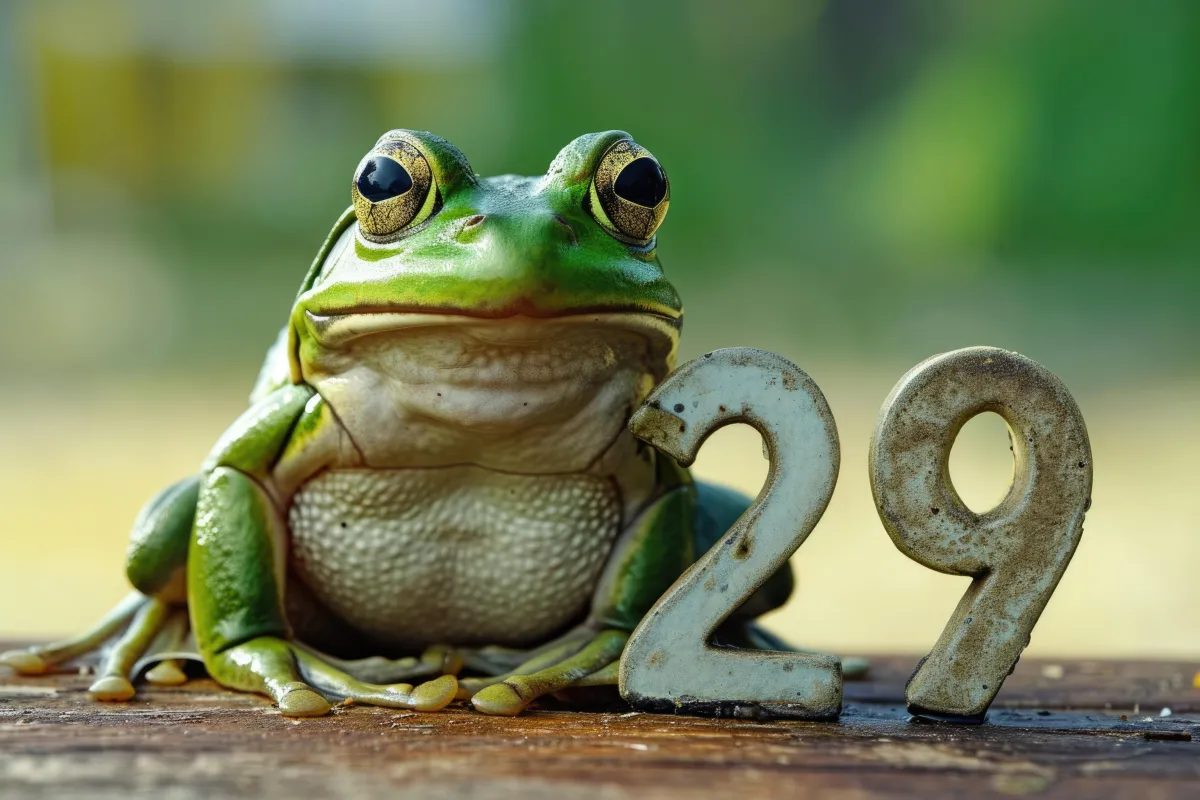Articles
Exploring History's Greatest Adventures throughout time!


Two Thousand Years of Leap Years: A History of Correcting Time
Leap years are necessary to keep our calendar in sync with the Earth's orbit around the sun. You see, it takes the Earth approximately 365.25 days to complete one orbit. To account for this extra fraction of a day, we add an extra day to the calendar every four years. This adjustment ensures that our calendar stays aligned with the seasons and the solar year. But even that system isn’t perfect, so there’s a little more to it.
Leap Year History
The concept of leap years dates back to ancient times, but it was Julius Caesar who first introduced the idea in the Julian calendar in 45 BCE. The Julian calendar had 365 days in a year with an extra day added every four years. However, the Julian calendar wasn't perfect, and over time, it started to drift out of sync with the solar year.
Fast forward to 1582 when Pope Gregory XIII introduced the Gregorian calendar. This new calendar addressed some issues with the Julian calendar. One major problem was that the Julian calendar was slightly too long, causing the dates of religious holidays, like Easter, to drift over time.
Exceptions to Leap Year Rules
The rules for leap years are pretty straightforward. In most cases, a year is a leap year if it is divisible by 4. So, years like 2020, 2024, and 2028 are leap years. But, there's a catch! Years that are divisible by 100 are not leap years unless they are also divisible by 400. (That’s an exception to the exception!) So, the year 2000 was a leap year because, even though it’s divisible by 100 (the exception) it is also divisible by 400 (the exception to the exception).
Challenge: Let’s say you’re still around in the year 2100. Will it be a leap year? Why or why not? (Answer below but try not to peek!)
Leap Years in Religious Holidays and Traditions
While the Gregorian calendar is widely used, some religious holidays and traditions still follow the Julian calendar. For example, many Eastern Orthodox churches celebrate religious festivals like Easter based on the Julian calendar. This means that Orthodox Easter often falls on a different date than Easter in Western churches.
Coming Soon to a Calendar Near You
Leap years play a crucial role in keeping our calendar accurate and aligned with the Earth's orbit. Understanding how leap years work and why they're necessary helps us appreciate the complexities of timekeeping. The year 2024 is a leap year because it is divisible by 4 and not by 100. So, this leap year, remember the fascinating history and science behind this extra day in February! How do you plan to spend the day?
Fun Facts About Leap Year:
1. Leap Day Babies: People born on February 29th are called "leaplings" or "leapers." Since their birthday only comes once every four years, they often celebrate on February 28th or March 1st in non-leap years.
2. Leap Year Proposals: According to tradition, women can propose to men on leap day. This tradition dates back to an old Irish legend where St. Bridget struck a deal with St. Patrick to allow women to propose on this day.
3. Leap Year Events: Some towns and cities around the world hold special events and festivals to celebrate leap year. These can include parades, parties, and even leap year-themed races.
4. Leap Seconds: Just like leap years, we also have leap seconds. These are added to our clocks occasionally to keep them in sync with the Earth's rotation, which can vary slightly over time.
5. Mathematical Fun: Leap year is a great way to explore math concepts like division, multiplication, and even fractions. You can calculate how many leap years have occurred in your lifetime or how many days you've lived through leap years.
Answer to challenge:
The year 2100 will NOT be a leap year because 1) it is divisible by 4, but the exception (divisible by 100) applies and the exception to the exception (divisible by 400) does not apply.
